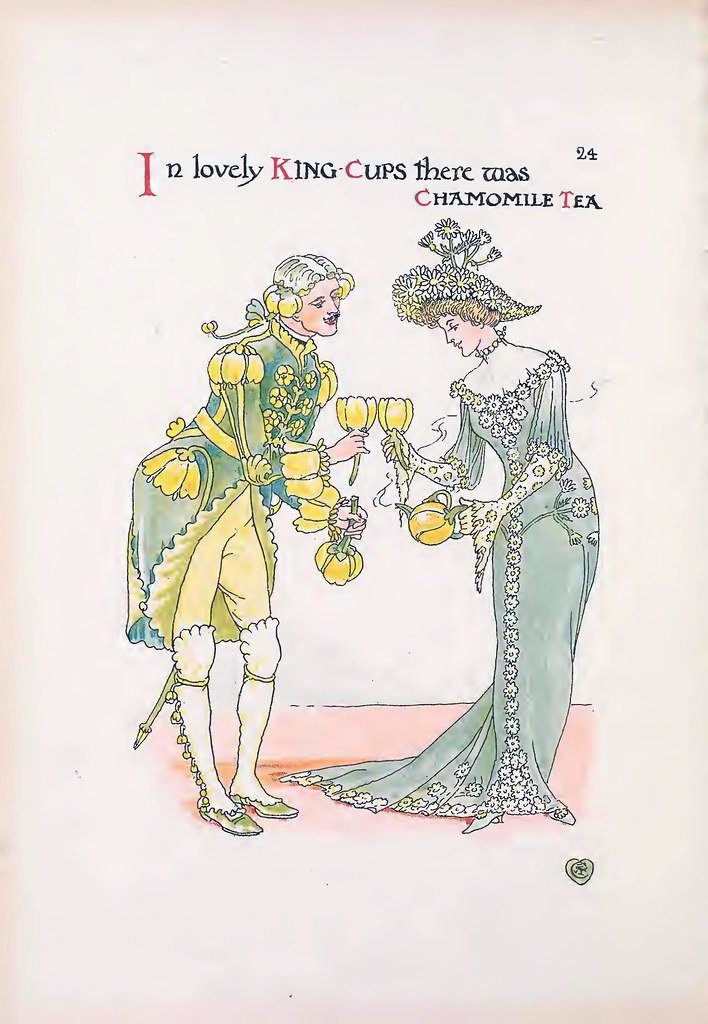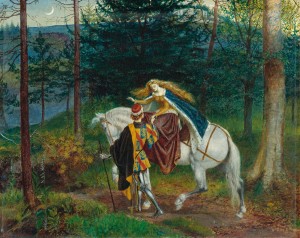Walter Crane was an English illustrator, painter, and designer primarily known for his imaginative illustrations of children’s books.

Image source: https://search.creativecommons.org/photos/96bfe418-d2aa-42ed-af5c-57da0bb216be by emmeffe6
Born in Liverpool on August 15, 1845, he moved to London with his family in 1857. His career has been very varied, but today he is best remembered as an illustrator of children’s books, a field in which he has been prolific throughout his life.

Image source: https://search.creativecommons.org/photos/173270e8-7f17-430a-be94-ce18242bf099 by thecmn
His adult work included wallpaper design, and he was a leading figure in the Arts and Crafts Movement that sought to rehabilitate good design and craftsmanship.
Probably the most important technical development in his art comes from his study of Japanese color prints, the methods of which he used in a series of toy books (1869–75), thus starting a new fashion.

Image source:https://en.wikipedia.org/wiki/Walter_Crane#/media/File:Walter_T._Crane_-_La_belle_Dame_Sans_Merci_(1865).jpg

Image source: https://search.creativecommons.org/photos/7684dc84-ea0f-4003-910b-65f1627ee7fd by The Metropolitan Museum of Art
Crane first met William Morris in 1870 but they did not become close friends until 1881. The two men deplored both the effects of modern manufacturing and the commercial system of craftsmanship and design. Deeply influenced by Morris‘s Art & Socialism pamphlet, Crane was involved in both the Art Workers’ Guild and the Arts and Crafts Society. Like Morris, Crane created designs for wallpapers, printed fabrics, tiles, and ceramics.

Image source: https://search.creativecommons.org/photos/63a7db5e-ff9f-44b8-98f2-bcb755d01d8f by thecmn
Crane and Morris were both socialists and in January 1884 they joined the Social Democratic Federation. Crane contributed illustrations for the Justice party magazine which was edited by Henry Hyde Champion.

Image source: https://search.creativecommons.org/photos/42007d94-f455-45eb-b1b2-1424bbe8900d by Walter Crane
In the late 1880s, Crane was regarded as Britain’s leading socialist artist and was asked to illustrate books such as Edward Carpenter’s Chants of Labour and Andrew Reid’s The New Party. Crane also provided the artwork for The Triumph of Labour, a poster commemorating May Day in 1891. A collection of Crane‘s political cartoons, Cartoons for the Cause, was published as a reminder of the International and Trade Union Congress which met in London in 1896.

Image source: https://search.creativecommons.org/photos/ff801e22-ea4f-4e35-98df-15cc6ba92e83
What are the major works of Walter Crane?
The most important works of Crane are:
- Princess Belle-Etoile (1834),
- The Lady of Shalott (1862),
- Ruth and Boaz (1863),
- La belle Dame Sans Merci (1865),
- The Frog Prince (1874),
- Diana and Endymion (1883),
- Little Bo Peep (1885),
- The miller, his son, and the donkey – Baby’s Own Aesop (1887),
- The Swan Maidens (1894).

Image source: https://search.creativecommons.org/photos/f9d0e656-f045-462c-9b12-ee19f185aca7 by crackdog

Image source: https://en.wikipedia.org/wiki/Walter_Crane#/media/File:Crane_title.jpg
Info sources:
For more references, please also visit: www.jbdesign.it
